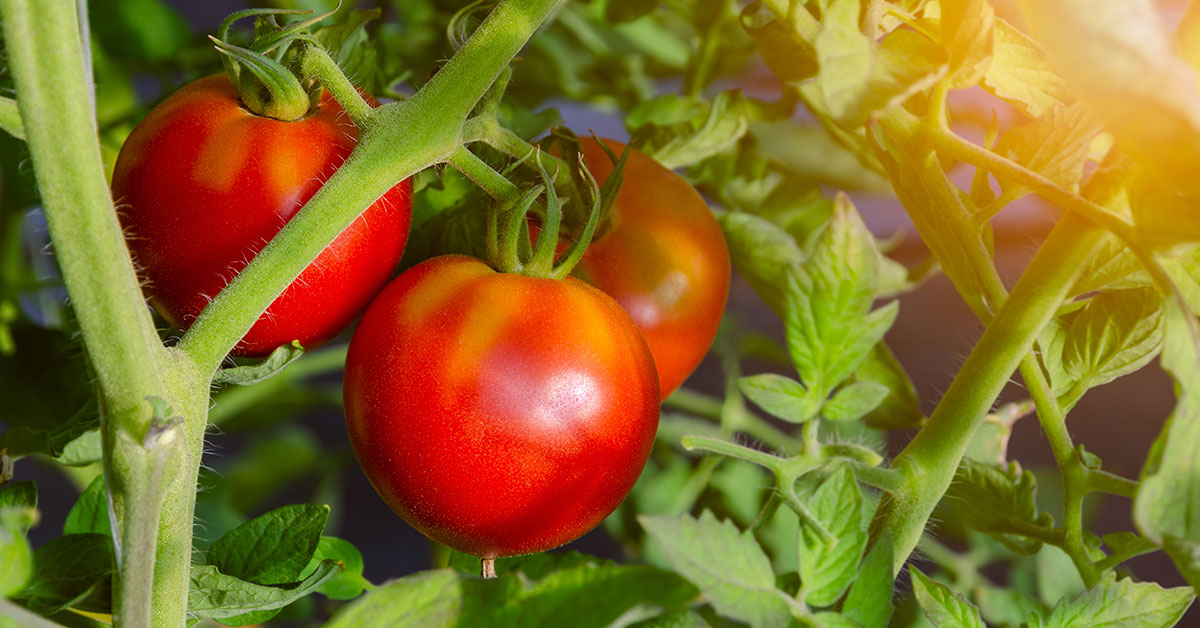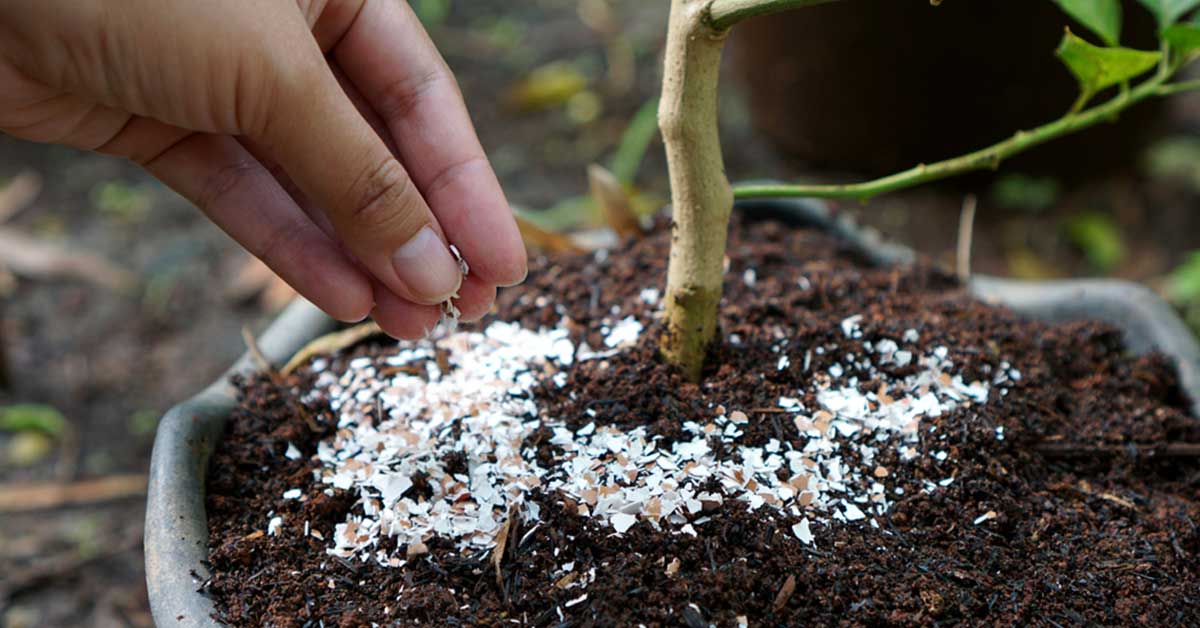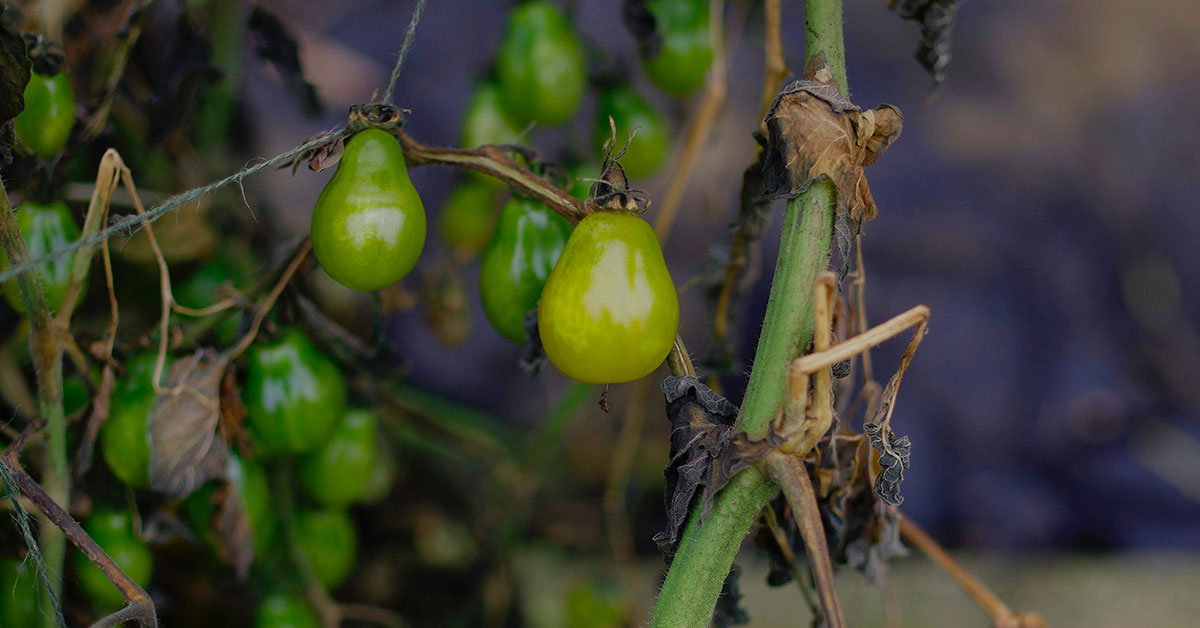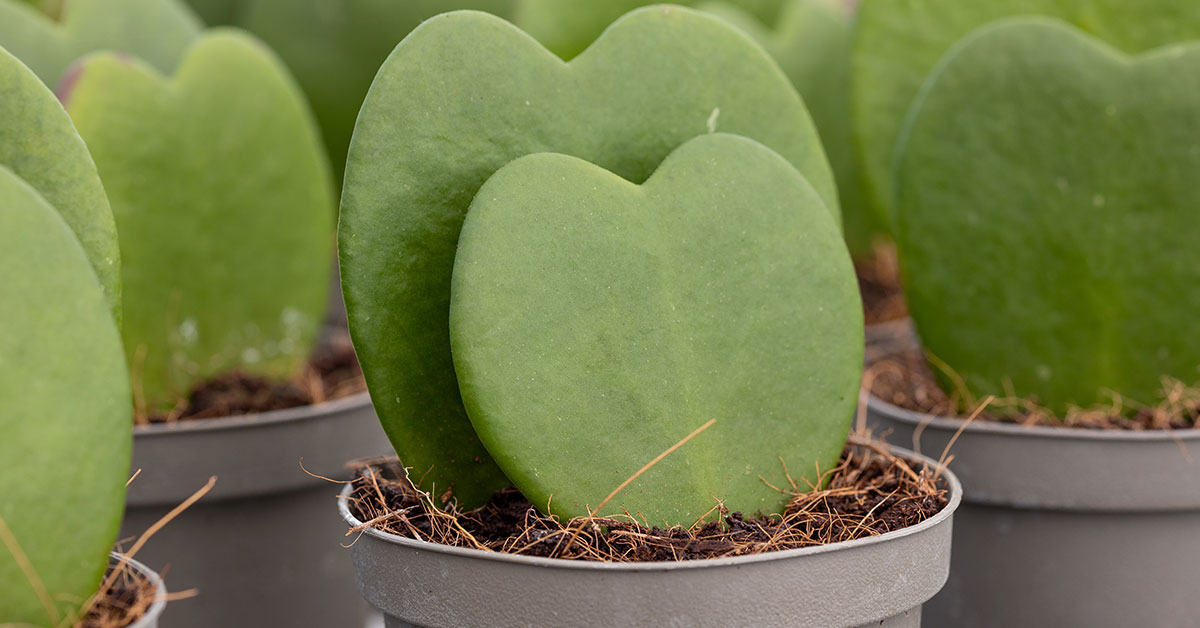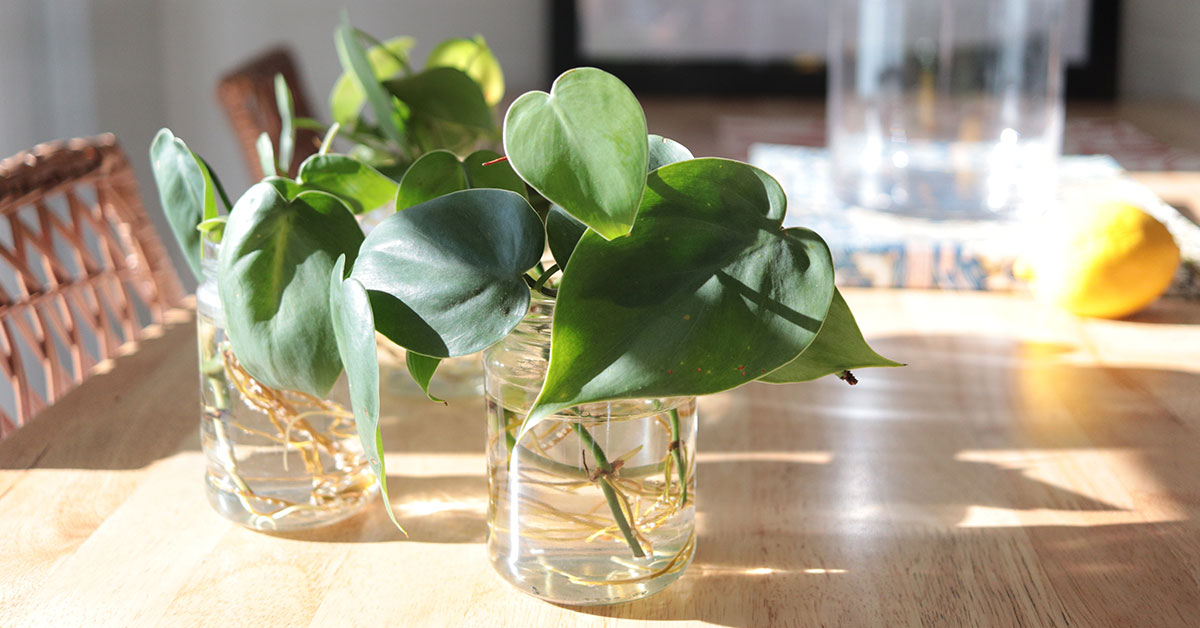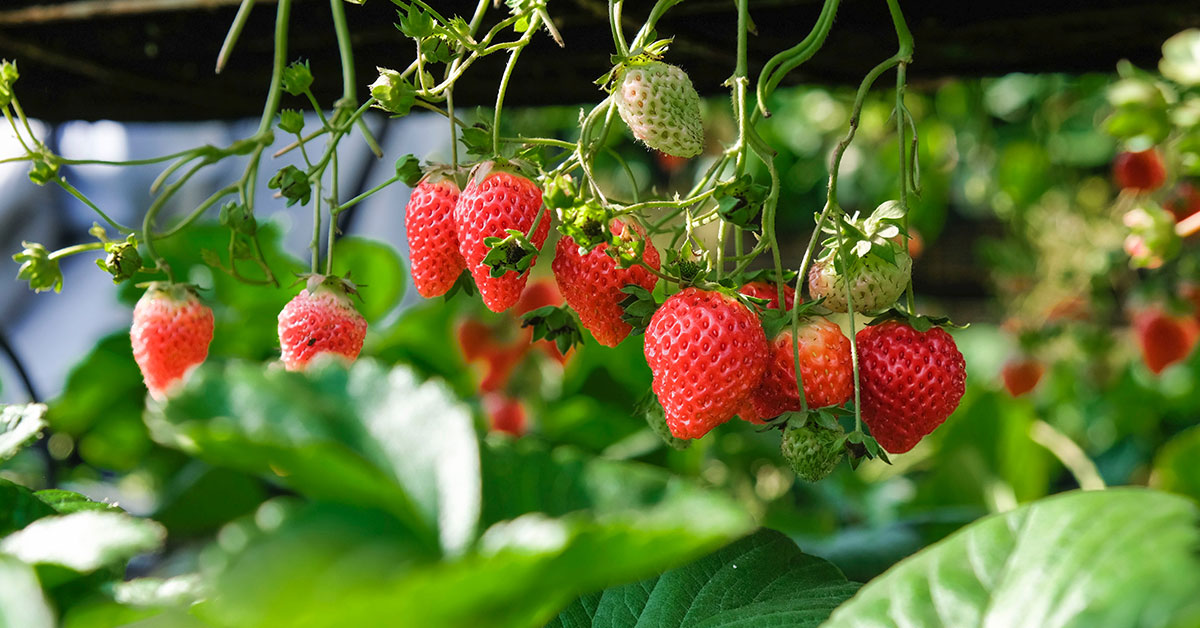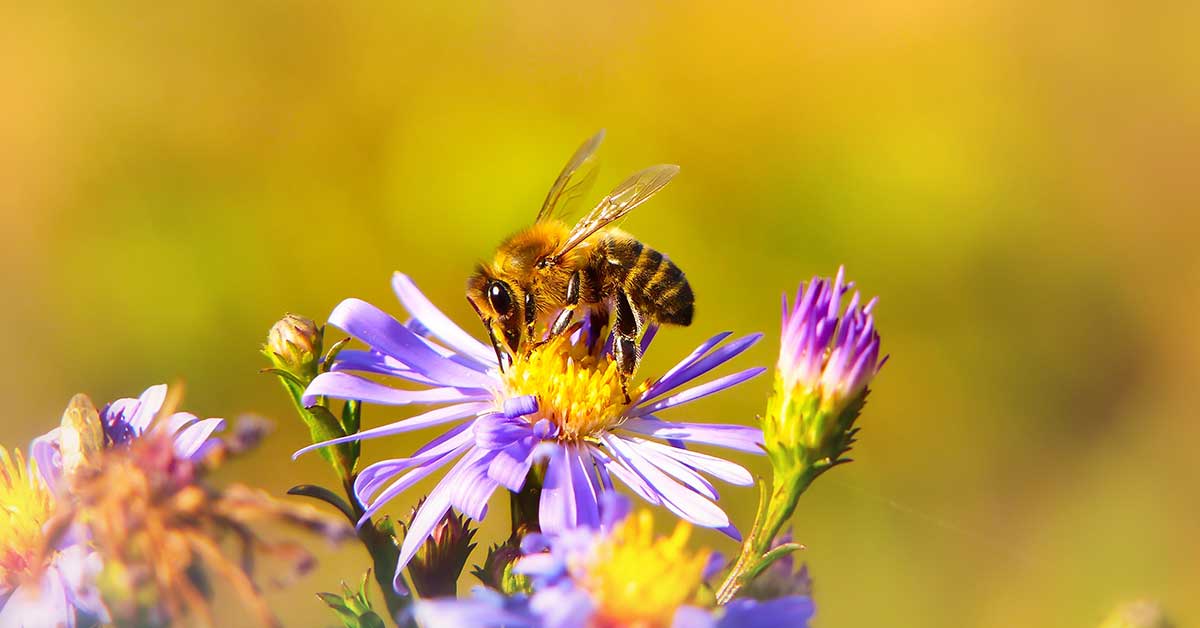As gardeners, we have the unique opportunity to make a positive impact on our environment. One way we can contribute is by planting species that support threatened and endangered wildlife. By creating a habitat that provides food, shelter, and breeding grounds for these species, we can help protect and preserve biodiversity right in our own backyards. I’m excited to share with you some incredible plants that can make a big difference!
In this article, we’ll explore various plants that play crucial roles in supporting endangered and threatened species. Each plant has its own unique benefits, attracting and sustaining specific wildlife that depends on it for survival. Let’s dive in and discover how we can transform our gardens into sanctuaries for these vulnerable species!
Milkweed

Milkweed (Asclepias) is an essential plant for the survival of the monarch butterfly. Monarch caterpillars exclusively feed on milkweed leaves, making it a critical part of their lifecycle. Without milkweed, monarch populations would continue to decline, pushing this iconic species closer to extinction.
To support monarchs, plant milkweed in sunny areas with well-drained soil. Common varieties include butterfly weed, swamp milkweed, and showy milkweed. These plants are not only vital for monarchs but also attract other pollinators, enhancing the overall biodiversity of your garden. I love seeing monarchs flutter around my milkweed patch—it’s truly magical!
Purple Coneflower
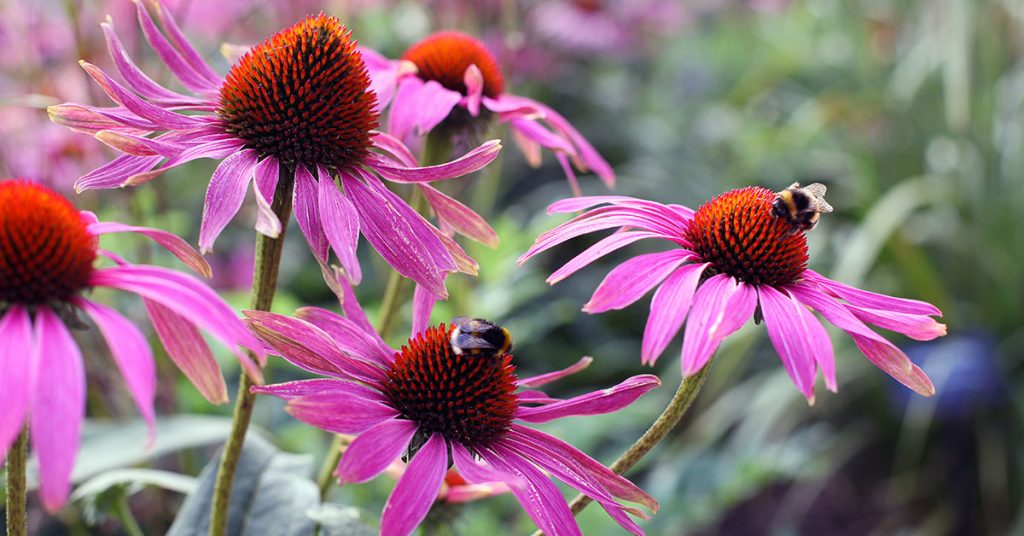
Purple coneflower (Echinacea purpurea) is a favorite among pollinators, particularly the endangered rusty-patched bumblebee. This hardy perennial provides abundant nectar and pollen, supporting the health and reproduction of these critical pollinators. Rusty-patched bumblebees play a vital role in pollinating wildflowers and crops, making their conservation crucial.
Plant purple coneflowers in full sun and well-drained soil. They are low-maintenance and bloom from mid-summer to fall, providing a continuous food source for bees and other pollinators. Their vibrant blooms add beauty to any garden while supporting endangered species. One of my favorite plants for a pollinator-friendly garden!
Blazing Star

Blazing star (Liatris) is a striking perennial that produces tall spikes of purple flowers. It’s particularly beneficial for the endangered Karner blue butterfly, whose larvae feed on wild lupine but also benefit from blazing star as a nectar source. Blazing star’s flowers attract a wide range of pollinators, contributing to a healthy garden ecosystem.
To grow blazing star, plant it in full sun with well-drained soil. It’s drought-tolerant and requires minimal maintenance. The stunning flower spikes bloom in late summer, providing an essential nectar source during a critical time for pollinators. Watching butterflies and bees flock to blazing star is always a delight!
California Poppy
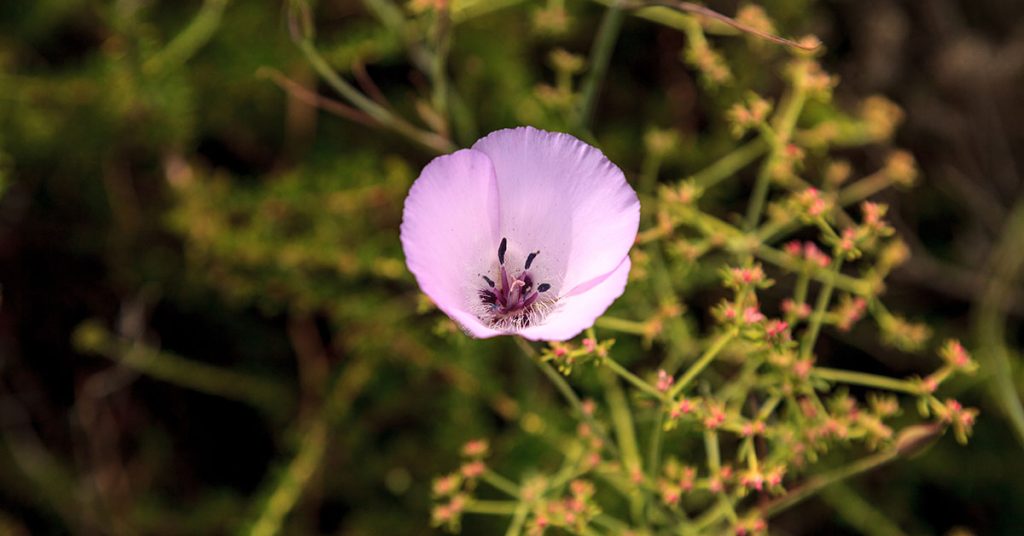
California poppy (Eschscholzia californica) is not only the state flower of California but also a crucial plant for the endangered Mission blue butterfly. The vibrant orange flowers provide nectar for adult butterflies, while the plant itself supports other pollinators and beneficial insects.
Plant California poppies in full sun and well-drained soil. They thrive in dry, sandy conditions and are perfect for xeriscaping. These hardy annuals reseed themselves, ensuring they return year after year. Their cheerful blooms brighten up the garden and offer essential support to endangered species.
Goldenrod
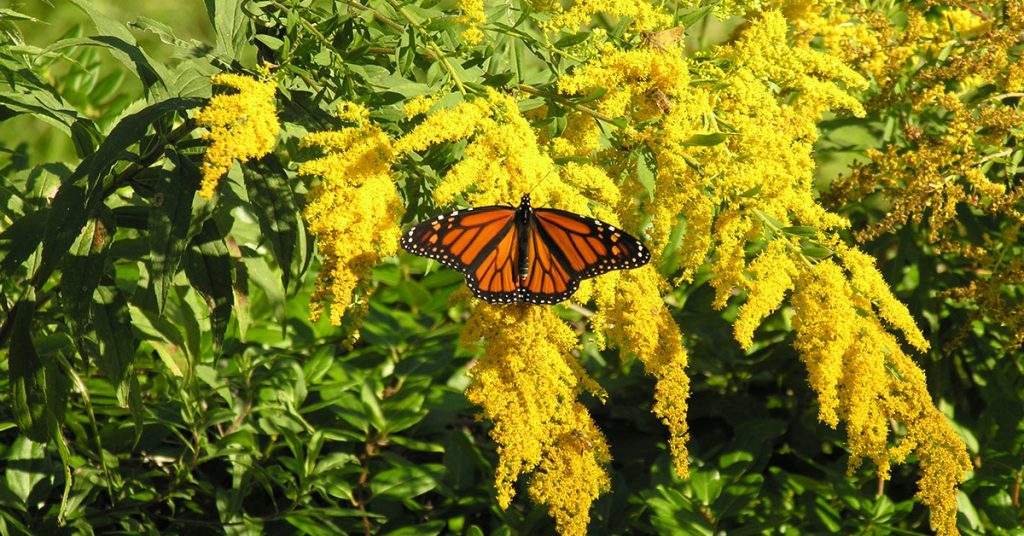
Goldenrod (Solidago) is often misunderstood but is incredibly beneficial for pollinators, including the endangered Franklin’s bumblebee. This perennial produces clusters of tiny yellow flowers that are rich in nectar and pollen. Goldenrod supports a variety of pollinators, making it a key plant for biodiversity.
To grow goldenrod, plant it in full sun to partial shade with well-drained soil. It’s drought-tolerant and requires little care once established. Goldenrod blooms in late summer to fall, providing a vital food source when other flowers have faded. It’s one of my go-to plants for supporting late-season pollinators!
Buttonbush

Buttonbush (Cephalanthus occidentalis) is a native shrub that produces unique, spherical clusters of white flowers. It’s particularly valuable for the endangered Hine’s emerald dragonfly, which relies on wetland habitats supported by buttonbush. The flowers attract a wide range of pollinators, including bees, butterflies, and hummingbirds.
Plant buttonbush in moist, well-drained soil in full sun to partial shade. It thrives near water features like ponds or rain gardens. Buttonbush’s distinctive flowers bloom in mid-summer, adding interest to the garden while supporting critical wildlife. I love the unique look of buttonbush blooms in my garden!
Wild Bergamot

Wild bergamot (Monarda fistulosa), also known as bee balm, is a magnet for pollinators, especially the endangered rusty-patched bumblebee. Its lavender-pink flowers are rich in nectar, attracting bees, butterflies, and hummingbirds. Wild bergamot’s aromatic leaves also have medicinal properties.
Plant wild bergamot in full sun to partial shade with well-drained soil. It’s drought-tolerant and easy to grow, making it a great addition to any garden. The flowers bloom from mid-summer to early fall, providing a continuous nectar source. Watching pollinators buzz around wild bergamot is one of my favorite garden sights!
Swamp Milkweed

Swamp milkweed (Asclepias incarnata) is another critical milkweed species for monarch butterflies. Unlike common milkweed, swamp milkweed thrives in wetter conditions, making it suitable for rain gardens and areas with poor drainage. Monarch caterpillars feed on the leaves, while the pink flowers attract adult butterflies and other pollinators.
Plant swamp milkweed in full sun and moist, well-drained soil. It’s a hardy perennial that requires minimal maintenance once established. Swamp milkweed’s beautiful blooms add color to your garden while supporting monarchs and other pollinators. It’s a must-have for any wildlife-friendly garden!
Spicebush
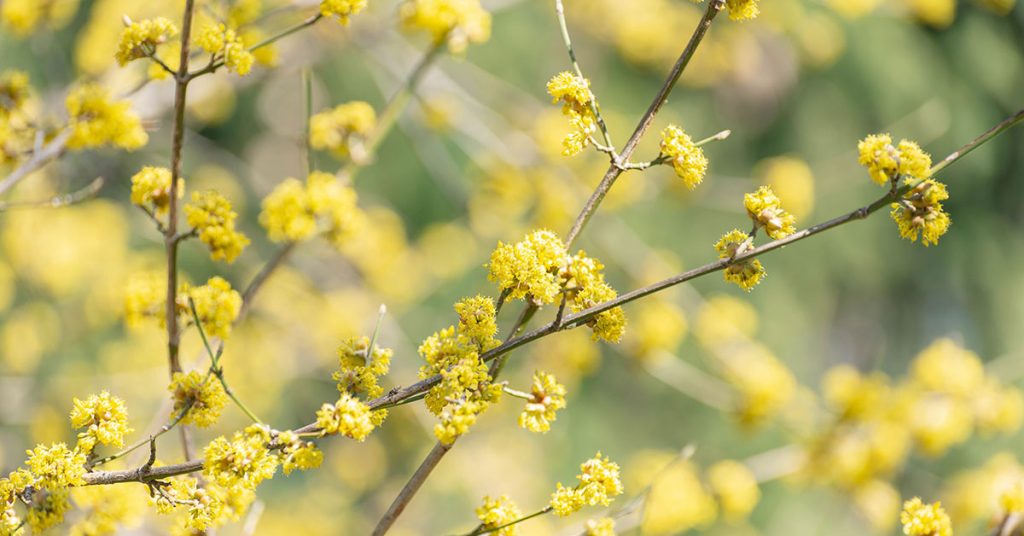
Spicebush (Lindera benzoin) is a native shrub that supports the endangered spicebush swallowtail butterfly. The butterfly’s larvae feed exclusively on spicebush leaves, making this plant essential for their survival. The fragrant yellow flowers in early spring attract a variety of pollinators.
To grow spicebush, plant it in partial shade with moist, well-drained soil. It’s a versatile shrub that can thrive in woodland gardens or as part of a mixed border. Spicebush’s vibrant fall foliage adds seasonal interest, and its berries provide food for birds. I love the multi-season appeal of spicebush in my garden!
Joe-Pye Weed

Joe-Pye weed (Eutrochium purpureum) is a towering perennial with clusters of pinkish-purple flowers. It’s particularly beneficial for the endangered monarch butterfly and other pollinators. The tall, sturdy stems and large flower heads provide ample nectar and pollen.
Plant Joe-Pye weed in full sun to partial shade with moist, well-drained soil. It thrives in wetter conditions and is perfect for rain gardens or low-lying areas. Joe-Pye weed’s impressive height and vibrant blooms make it a standout plant in any garden, and it’s wonderful to see it buzzing with pollinator activity!
Asters

Asters (Symphyotrichum) are late-blooming perennials that provide essential nectar for pollinators as the season winds down. They’re particularly important for the endangered Karner blue butterfly and other late-season pollinators. Asters’ daisy-like flowers come in various colors, adding fall beauty to the garden.
Plant asters in full sun to partial shade with well-drained soil. They’re hardy and easy to grow, requiring minimal maintenance. By providing a late-season food source, asters support pollinators’ needs as they prepare for winter. I always look forward to the burst of color asters bring to my fall garden!
False Indigo
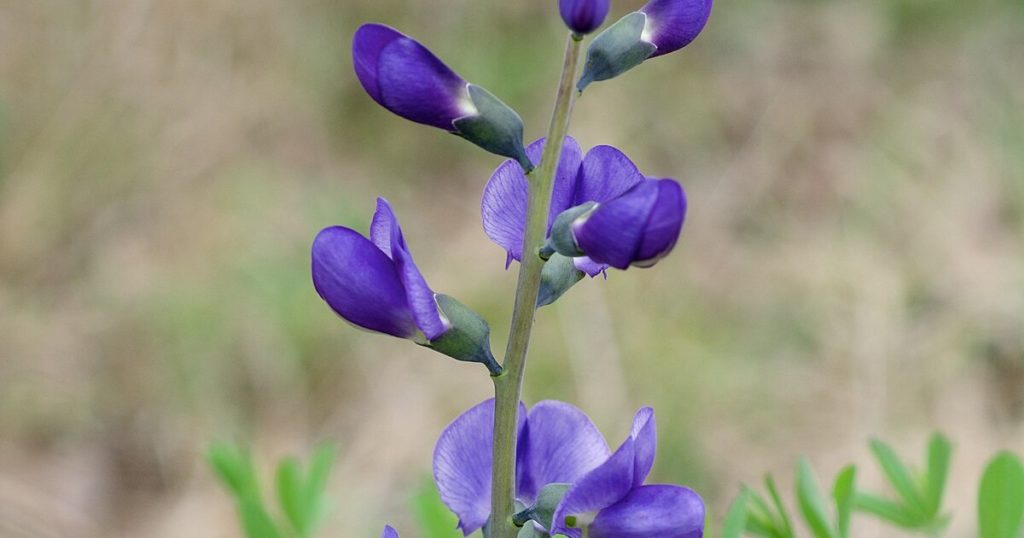
False indigo (Baptisia australis) is a native perennial that produces spikes of blue flowers. It’s a key plant for the endangered frosted elfin butterfly, whose larvae feed on the leaves. The flowers also attract a variety of pollinators, contributing to a healthy garden ecosystem.
To grow false indigo, plant it in full sun with well-drained soil. It’s a drought-tolerant and long-lived perennial that requires little care once established. False indigo’s striking blooms and ability to support endangered species make it a valuable addition to any garden. I love the unique beauty it brings to my garden each spring!


